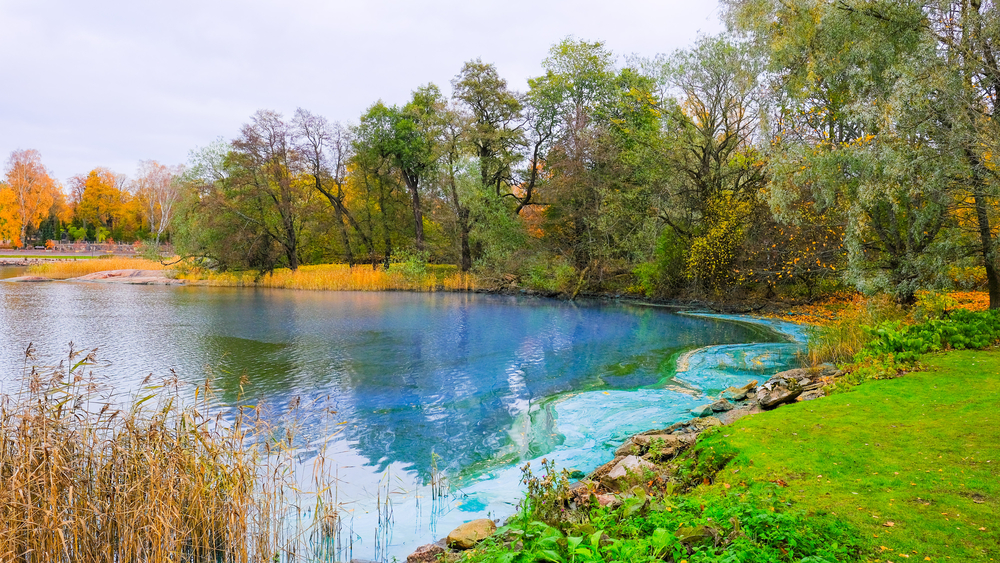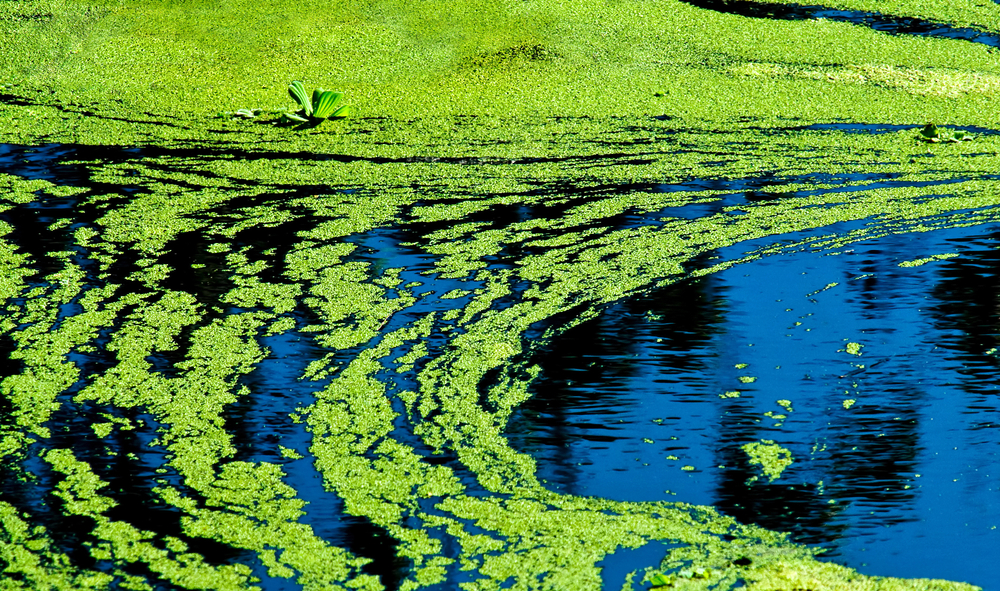The Coastal Health District of Georgia serves the counties of Bryan, Camden, Chatham, Effingham, Glynn, Liberty, Long & McIntosh
The Coastal Health District of Georgia serves the counties of Bryan, Camden, Chatham, Effingham, Glynn, Liberty, Long & McIntosh
A: Blue-green algae are a group of organisms that are among the oldest on the planet. They can live in freshwater, salt-water or in mixed “brackish” water. Most of us know them as “pond scum.” These “blue-green” algae can actually be many colors including red, orange, green, or brown. They also have been found to share some characteristics of bacteria, which has led to them being referred to as “cyanobacteria.”

A: When blue-green algae grow rapidly over a short time it is called a “bloom.” It is known that light, temperature, and the water’s nutrient content play roles in bloom formation. Under the right conditions a large bloom can form overnight and rise to the surface as a huge unsightly mat of pond scum. A blue-green algae bloom can also lie below the surface of the water. If the bloom is harmful, it is considered a cyanoHAB. Blooms can disappear or move to different parts of a pond or lake.

A: Scientists do not know why some blue-green algae produce toxins. Most blue-green algae do not produce chemicals harmful to humans or animals.
However, some types make natural substances called cyanotoxins. It is not possible to tell just by looking at a bloom. Over time, these toxins are diluted and eventually break down and disappear.
A: Blue-green algae toxins can affect the liver, nervous system, and skin. Most problems happen when water containing high toxin amounts is ingested. Abdominal cramps, nausea, diarrhea, and vomiting may occur if untreated water is swallowed. Rashes can happen when skin is exposed to the algae when swimming.
A: Most people avoid blue-green algal blooms because they tend to be icky-looking and smelly. Here are some tips for avoiding exposure:
A: If you were swimming in water that may have been contaminated, be sure to wash yourself thoroughly with tap water.
If you aren’t feeling well and think you’ve had direct or indirect contact with contaminated water, tell your doctor. There is not a specific test or treatment for an HAB-associated illness, but this information may help your healthcare provider manage your symptoms.

A: Wash your pet immediately with tap water, and don’t let your pet lick its fur until it has been washed. Harmful algal blooms are especially dangerous for our pets. Animals are more likely to swim in and drink contaminated water, and also lick algae off their fur after swimming. Animals can die within hours after exposure to a harmful algal bloom.
Some symptoms in pets include: too much saliva, weakness, staggered walking, difficulty breathing, convulsions, or even death.
If you think your pet may be sick because of a harmful algal bloom, consult your veterinarian right away.